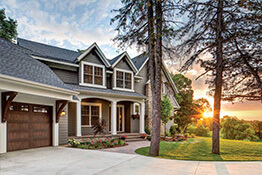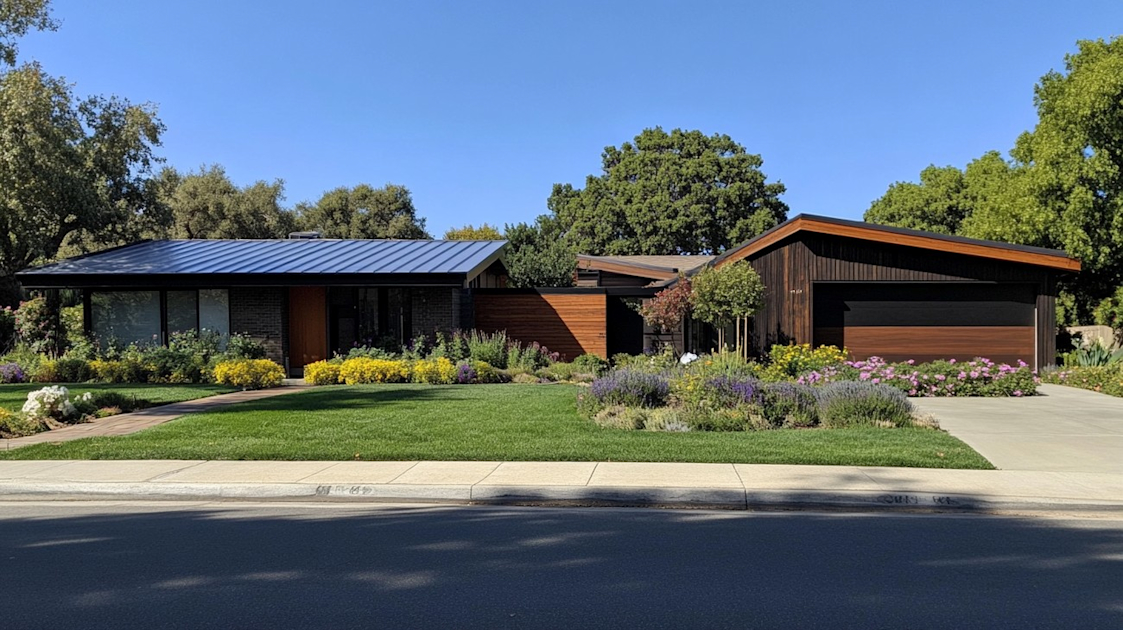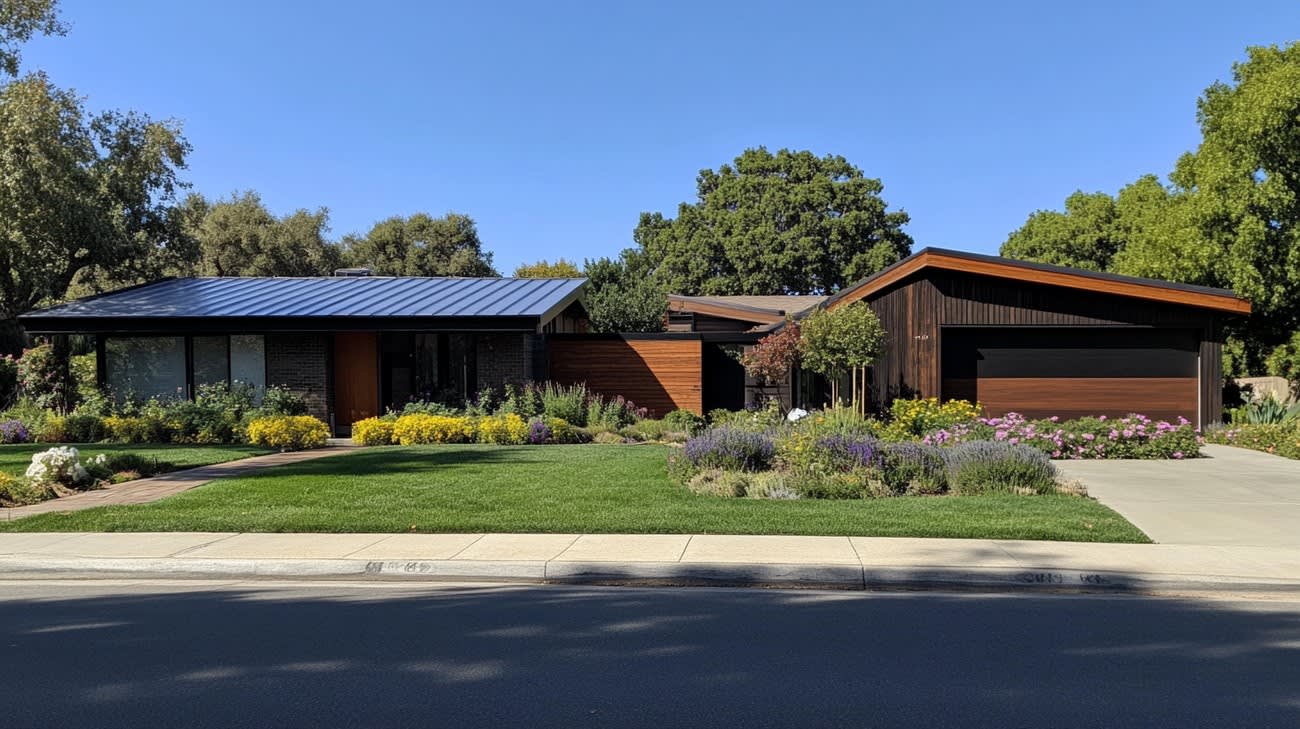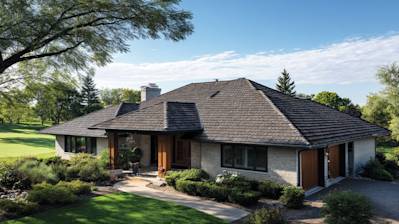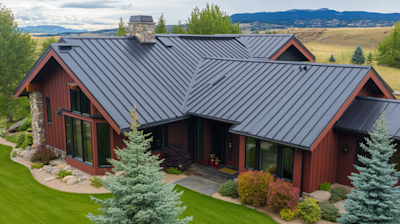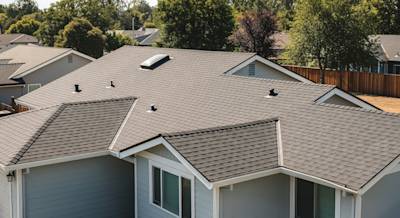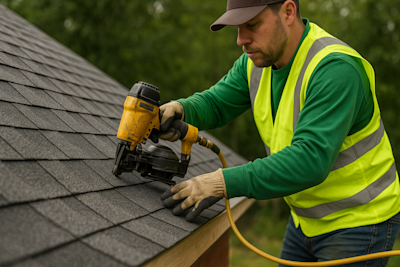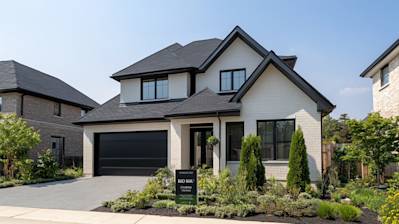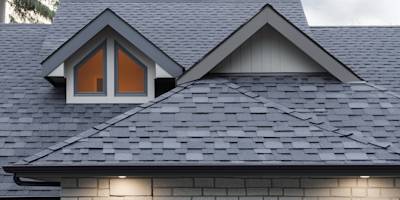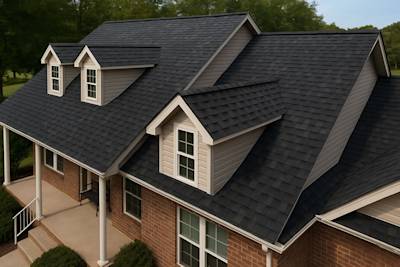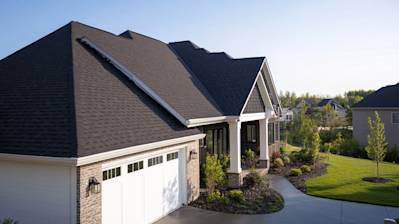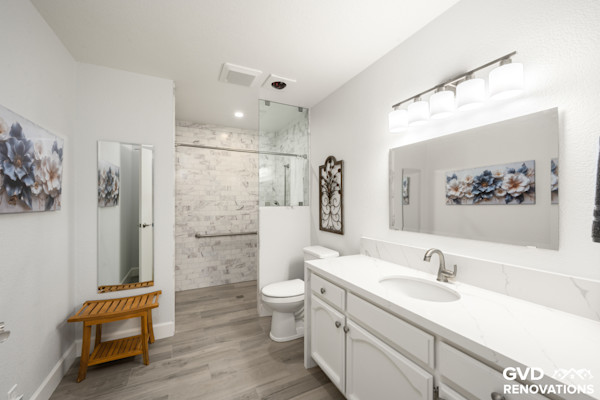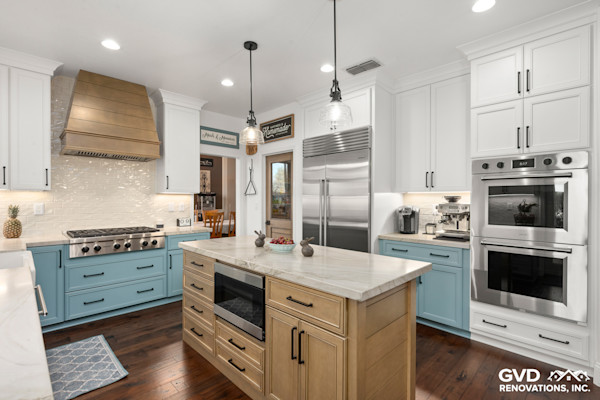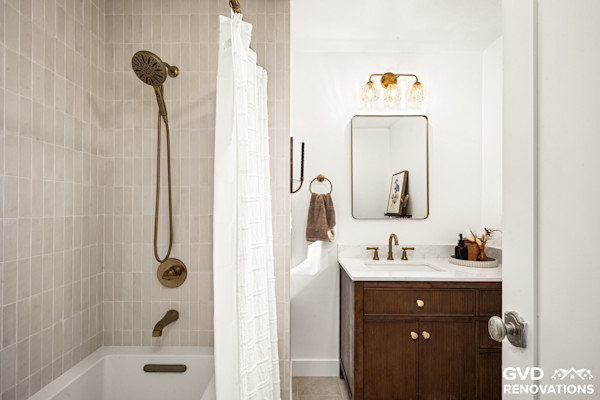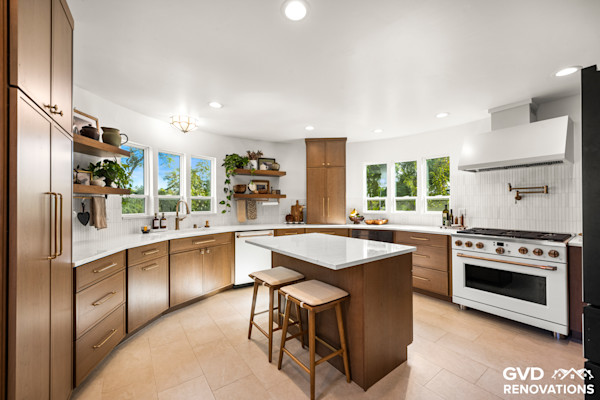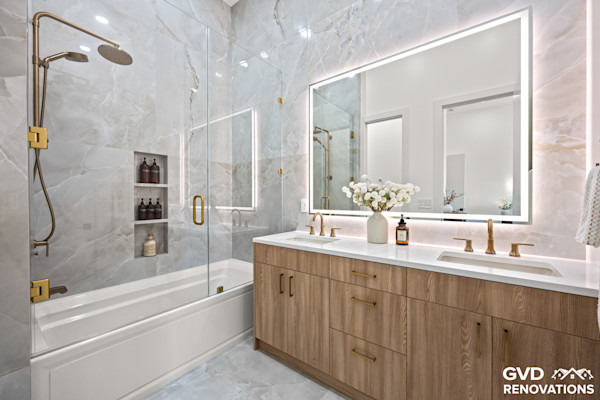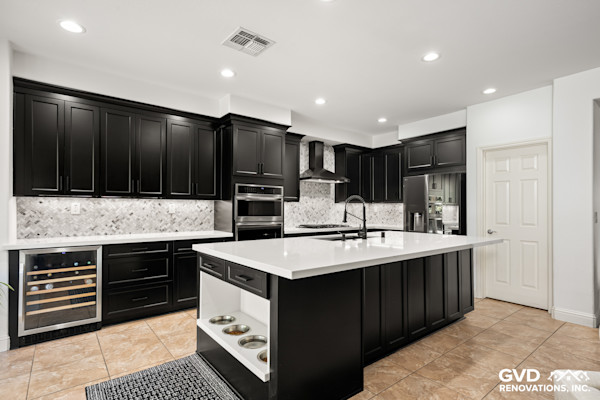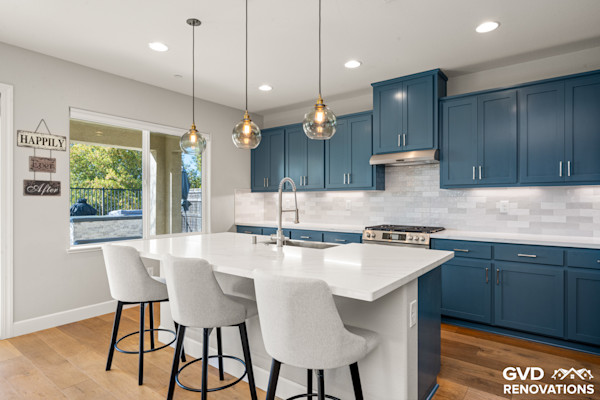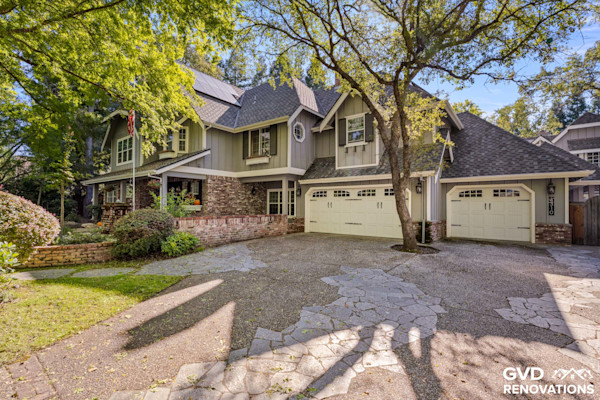Selecting the appropriate roofing material for your home or commercial property can be a daunting task. You want the ideal combination of durability, aesthetics, cost-effectiveness, and longevity. In this guide, we delve into the details of two common roofing types: "Metal Roof" and "Shingles". We make side-by-side comparisons to help you decide which one is suitable for your specific needs.
Insights into Roofing Materials: An Overview
Before we delve into the specifics of Metal Roofing and Shingles, we must first understand why choosing the right roofing material matters. The roof is your first line of defense against external elements such as weather conditions, it contributes significantly to your property's structural integrity, energy efficiency, and aesthetic appeal. Therefore, it is crucial to choose a roofing material that can withstand the test of time and the elements while enhancing your property's curb appeal and energy efficiency.
Understanding Metal Roofs: Beyond the Basics
Metal roofs have gained popularity over the past few decades for their durability, longevity, and energy-efficient qualities.
Durability and Longevity: Metal roofs come with an attractive lifespan of 40 to 70 years, depending on the specific metal used. They are resilient against wind, fire, and hail, making them suitable for areas prone to these elements.
Energy Efficiency: Metal roofs reflect sun rays, reducing cooling costs during hot months.
Aesthetic appeal: Modern metal roofing comes in various designs and colors, providing a sleek, contemporary look to any structure.
Delving Into Shingles: What You Need to Know
Shingle roofing, specifically asphalt shingles, are the most common type of roofing in numerous countries due to their affordability and easy installation.
Cost-effectiveness: Shingles are generally less expensive than many roofing materials, making them a practical choice for cost-conscious property owners.
Easy installation: Shingles are relatively easy to install compared to other roofing types, reducing labor costs and installation time.
Aesthetic versatility: Shingles come in a wide array of colors and styles, making it easy to match your home's exterior design.
Durabality Showdown: Metal Roof vs. Shingles
When it comes to durability, metal roofs carry the day. They are designed to withstand harsh weather conditions, including heavy snow, hailstorms, and strong winds. In comparison, shingle roofs have a shorter lifespan and can be adversely affected by extreme weather conditions.
Comparing Lifespan: Metal Roof vs. Shingles
As earlier mentioned, metal roofs have an impressive lifespan ranging from 40 to 70 years with proper maintenance. On the other hand, shingle roofs typically last between 15 to 30 years depending on the quality of installation, maintenance, and weather conditions.
Aesthetics: Metal Roof vs. Shingles
Deciding on which roofing material wins in terms of aesthetic appeal is subjective. Metal roofing offers a contemporary look, which may appeal to homeowners looking for a modern aesthetic. On the other hand, shingle roofing offers a classic appeal preferred by those who want a traditional look.
Weighing the Costs: Metal Roof vs. Shingles
Metal roofs are more expensive upfront compared to shingle roofs. However, considering their durability and lifespan, many homeowners find the investment worthwhile. While shingle roofs are cheaper initially, costs may add up over time due to repairs or replacement needed due to damage or wear and tear.
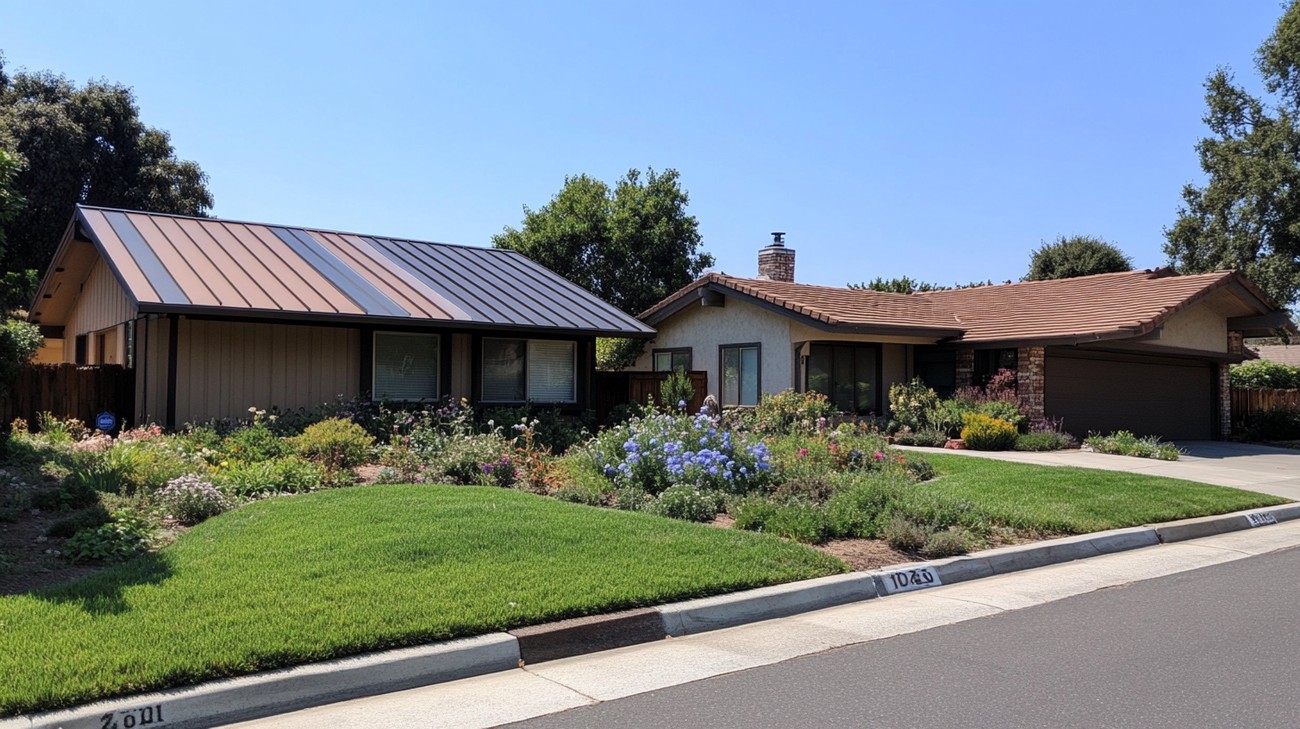
Frequently Asked Questions about Metal Roof Vs Shingles
Which Roofing Material: Metal Roof or Shingles last longer?
Typically, a properly installed metal roof has a significantly longer lifespan when compared to shingles. While shingles, depending on the type, can last anywhere from 15 to 30 years, a metal roof can last up to 50 years or more with proper maintenance. This quality of metal roofs makes them an attractive long-term investment option.
Does the Metal Roof or Shingles offer better insulation?
Metal roofing can be a bit tricky when it comes to insulation. While metal itself is not a great insulator, a metal roof can be installed with a system that includes an insulating layer. This system can effectively reflect sunlight, hence reducing heat absorption during the summer. On the other hand, shingles, especially asphalt, don't reflect sunlight as effectively but they do offer decent insulation properties.
How can we compare the cost of a Metal Roof vs Shingles?
In the initial stages, a metal roof will cost you more than shingles. However, given the longer lifespan of a metal roof, the cost may ultimately work out to be less over time. Shingles are a cost-effective choice for those looking for an affordable upfront roofing solution but it must be accounted that they may require more frequent replacements over time compared to metal roofs.
Which one is more environmentally friendly - a Metal Roof or Shingles?
When it comes to environmental friendliness, metal roofs have an edge over shingles. Most metal roofs are made of recycled material and can also be fully recycled at the end of their life cycle. Shingles, notably asphalt shingles, end up in landfills and are not as easy to recycle.
Do Metal Roofs require more maintenance than Shingles?
Both roofing materials need maintenance, but they are different in terms of the amount and type of care needed. Metal roofs require less frequent maintenance, but when they need it, professional help is likely necessary. Regularly removing debris and inspecting for scratches or corrosion is critical for metal roof's longevity. On the contrary, traditional shingles may need minor but more frequent maintenance like replacing individual shingles and regular inspection for moss or mold growth.
How do Metal Roofs compare to Shingles in terms of noise levels?
When it comes to noise levels from things like rain or hail, metal roofs without proper insulation can indeed be much noisier than shingle roofs. However, with quality insulation and installation, a metal roof can match the quietness of shingles, making the house just as peaceful during a rainstorm.
What is the Impact on Home value when choosing between Metal Roof and Shingles?
The impact on the home's value due to the type of roof varies with factors such as location, neighborhood standards, etc. That said, often, a metal roof can increase a home's value because of its durability and low maintenance. Shingles, especially high-quality architectural ones, can also add value to the home because of their attractive look and broad appeal. It's best to consult a real estate expert in your area to get a more precise estimate.

Metal Roofing
Pros
1. Longevity and Durability
One of the most significant advantages of metal roofing is its lifespan. Metal roofs can last 40 to 70 years, depending on the material. Compare this longevity to the typical lifespan of traditional asphalt roofing materials, which is roughly 12 to 20 years, and it's clear that metal is a more durable choice. Furthermore, they can sustain wind gusts up to 140 miles per hour, they won't crack or corrode and can be impact-resistant (though some metals may dent).
2. Safety
When considering safety features, metal roofs are not combustible or flammable, which is a critical factor in fire-prone areas. Its fire-resistance makes it an optimal choice for houses existing in regions high at fire risk.
3. Energy Efficiency
Another attractive benefit of metal roofing is its energy efficiency, as they reflect solar radiant heat. It can reduce cooling costs by 10-25%, making them a more sustainable and eco-friendly choice.
4. Environmentally Friendly and Recyclable
Metal roofs not only have 25-95% recycled content, but they are also 100% recyclable at the end of their life as a roof. In contrast, most shingle tear-off waste ends up as a part of the building-related waste stream.
Cons
1. Cost
The biggest drawback of metal roofing is the initial high cost. They can be two to three times more expensive compared to other roofing materials. However, given their longevity and energy savings, they could pay for themselves over time.
2. Noise
During a rainstorm or hail, a metal roof can be noisy. Although some people may find the noise disturbing or annoying, others may find it comforting. Proper insulation during installation can help to reduce the noise.
3. Dents
Some types of metal roofing materials can be susceptible to denting from large hailstones. Yes, metal does a good job at shielding against many types of weather conditions, but very large hailstones can dent a metal roof.
4. Expansion & Contraction
Metal materials can expand and contract with extreme temperature fluctuations. Over time, this can lead to a loosening of the fasteners holding the roof in place, leading to an increased risk of roof leaks if not properly maintained.
Shingles
Pros
1. Lower Initial Cost
One of the most significant advantages of shingles, especially asphalt shingles, is their lower initial cost. They are widely affordable, making them a popular choice for homeowners looking for an economical option.
2. Versatility
Shingle roofs are highly versatile and can be tailored to meet various shapes, angles, and forms. This flexibility makes them suitable for roofs with complex designs and shapes.
3. Easy Installation
Compared to metal roofs, shingles are relatively easy to install and don't require specialized skills. Some homeowners even take on shingle installation as a DIY project.
4. Wide Range of Colors and Styles
Shingles come in a wide array of colors, types, and styles, offering plenty of choices for homeowners to customize the aesthetic appeal of their home.
Cons
1. Shorter Lifespan
Shingle roofs typically don't last as long as metal roofs. While shingle roofs can last anywhere from 15 to 30 years, metal roofs can last up to 50 years or longer.
2. Less Durable
Shingles are less durable than metal and are more susceptible to damage from severe weather conditions such as hail or high winds.
3. Less Environmentally Friendly
Unlike metal roofs, shingle roofs are not typically made from recycled materials and are less likely to be recycled at the end of their life. They are more likely to end up in a landfill.
4. Higher Long-term Cost
Although shingle roofs have a lower initial cost, they may end up costing homeowners more in the long run due to maintenance, repair costs, and earlier replacement.

Myths or Misconceptions about Metal Roofs and Shingles
There are many misconceptions about metal roofs and shingles that deter homeowners from choosing the best roofing material for their home. Here’s an in-depth view of several myths and misconceptions that you might encounter when considering metal roof vs shingles.
Myth 1: Metal Roofs are Noisy
Reality
Contrary to popular belief, metal roofs are not any noisier than other roofing materials. Many people tend to think of a metal roof as the old “tin” roofs found on barns, which can make such an awful racket during rainfall. However, modern metal roofs are normally installed over a solid substrate. Moreover, the attic and insulation provide an additional sound barrier. Surprisingly, to most people, a metal roof can be quieter than asphalt shingles.
Myth 2: Metal Roofs are More Expensive
Reality
While it's true that the initial cost for a metal roof is higher than most other roofing materials, you have to consider its long-term cost. Metal roofs can last 40 to 70 years compared to asphalt shingles, which typically last only 12 to 20 years. This longevity makes metal roofs potentially a more cost-effective choice long term. Additionally, metal roofs require minimal maintenance and are more energy-efficient, which can save you money on energy bills.
Myth 3: Metal Roofs Attact Lightning
Reality
Another common myth is that a metal roof will increase the likelihood of your home getting struck by lightning. While metal is a good conductor of electricity, a metal roof does not attract lightning or increase the risk of a lightning strike. In fact, if your home was hit, a metal roof could disperse the energy safely throughout the structure.
Myth 4: You Can’t Walk on a Metal Roof
Reality
This is false. You actually can walk on a metal roof, but it must be done with care. If walking on the roof is necessary, it should be done by professionals who have the right knowledge and safety equipment. Any careless or improper step could lead to damaging the finish.
Myth 5: Metal Roofs are Subceptible to Hail Damage
Reality
Although no roof is 100% hail-proof, metal roofs are much more resistant than many believe. They are specifically designed and tested to resist extreme weather conditions including hailstorms. Generally, a metal roof can withstand decades of abuse from extreme weather like high winds, heavy snow, and hailstorms.
Myth 6: Shingles Always Cost Less than Metal
Reality
While it's true that the upfront cost for asphalt shingles is less than metal roofing, that's only part of the story. Shingle roofs require more frequent replacing and maintenance which adds to their overall lifetime expense. When you factor in these long-term costs, the total cost could eventually exceed the cost of a metal roof.
Myth 7: Shingle Roofs are Faster and Easier to Install
Reality
While asphalt shingles might seem easier and faster to install because they are lighter, this isn’t always the case. The installation of a metal roof can be just as quick if you have a skilled contractor. Differences in installation times are often more about the skill level of the installers than the materials themselves.
Myth 8: Shingle Roofs Require Less Maintenance
Reality
Contrary to this myth, shingle roofs require regular maintenance and repairs. Shingles can be damaged or blown off during a storm, which requires immediate repair. On the other hand, metal roofs are low maintenance, and unless there has been severe weather, they require little to no repairs.
By understanding these myths and realities, you will be able to make an informed decision when it comes to choosing between metal roofs and shingles for your home.
Summary
So there you have it, Metal Roof vs Shingles, a contest that many homeowners have to settle when choosing the right covering for their homes. Metal roofing might be a bit more expensive upfront, but its lifespan, energy-efficiency, and durability make it a worthwhile investment. On the other hand, if you're aiming for a classic aesthetic and initial cost savings, shingles might be right up your alley.
We've painted quite a picture here in regard to Metal Roof vs Shingles. Although Shingles offer a more traditional look and are less costly initially, they're not as durable or long-lasting as Metal Roofs. Plus, Metal Roofs can enhance your home's energy efficiency. We're talking dimes and quarters in savings, but over time, that adds up. On top of that, Metal Roofs are also known for their eye-catching, modern appeal.
Through the lens of Metal Roof vs Shingles, finding the best match depends a lot on your budget, design, and living conditions. Shingles are definitely a cost-effective option with good soundproofing ability, while Metal Roofs come with great durability and energy efficiency. Not to mention the unique style provided by Metal Roofs. But as always, you're the one who knows your needs the best, so choose wisely!
About GVD Renovations & Remodeling
GVD Renovations & Remodeling is your local, go-to contractor company in Roseville, CA for all your home renovation needs. We take pride in our impeccable craftsmanship and dedication to quality. Our team of experienced renovators is known for their expertise in a wide array of services ranging from window installation, siding, kitchen and bathroom remodeling, to best Sacramento roof replacement and more. What started small, has expanded into a trusted and renowned remodeling company serving Roseville and nearby areas. We're committed not just to improving your homes, but turning them into your dream spaces. Welcome to your ultimate home makeover journey with GVD Renovations & Remodeling!
This article is for general information only and not professional advice. Always consult a licensed contractor before making project decisions. Product details, specifications, or warranties may have changed since publication. Brand and product mentions reflect opinion, not endorsements or guarantees.
Tags: metal roofing, shingles, roofing materials,
